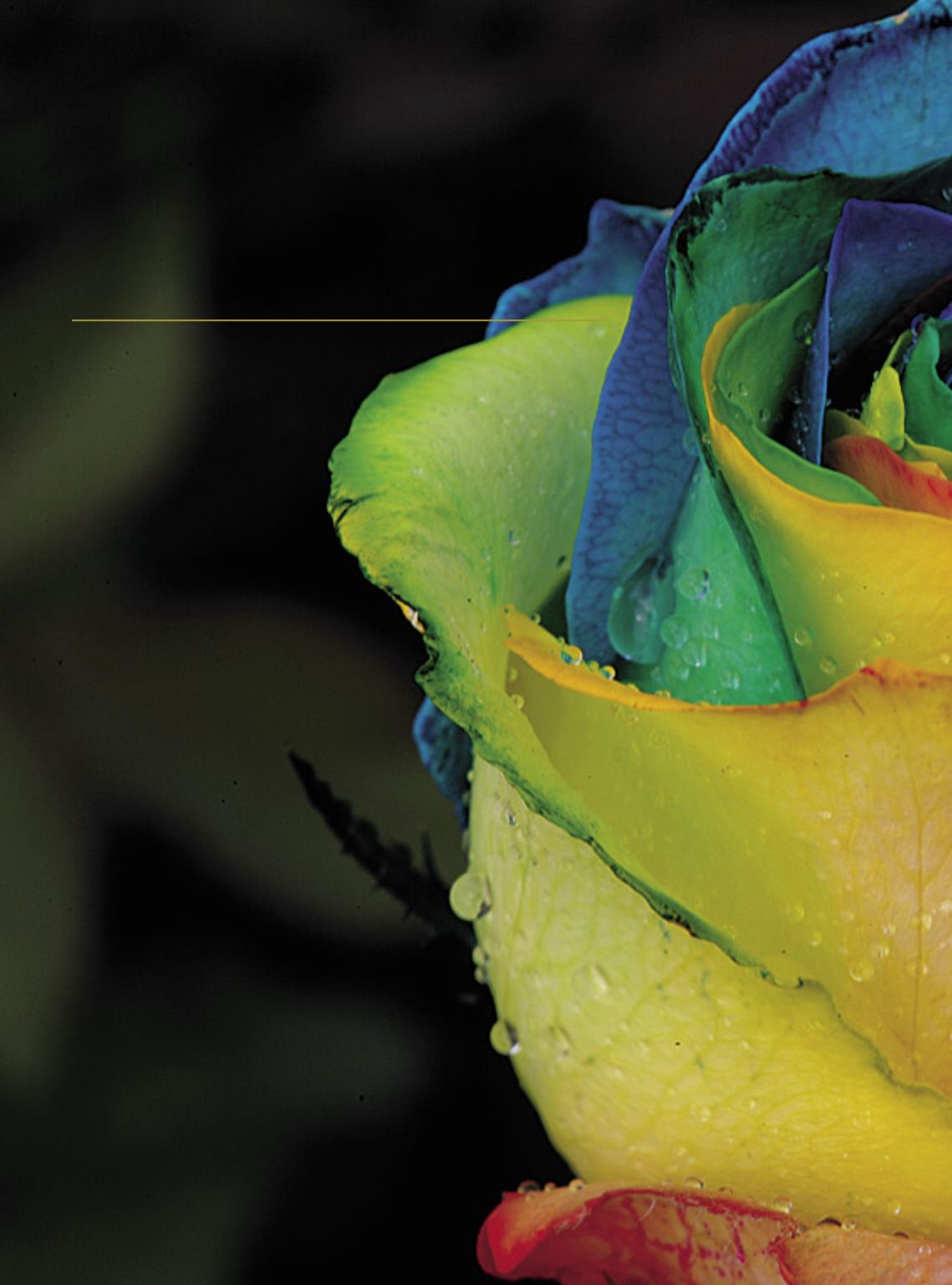
P
rofessionalization and commercial dynamism
of Brazil’s flower business are relative-
ly recent phenomena. The activi-
ty, however, has already reached
significant numbers. Over the
past five years, theornamental segment has
shown much progress, despite the scarce
marketing resources for driving the activi-
ties forward. According to data released by
the Brazilian Floriculture Institute (Ibraflor),
since 2006 volumes have soared from 5% to
8%,andvalues,from4%to7%–faroutstripping
thegrowthoftheGrossDomesticProduct(GDP).
“Without any doubt, the crisis has affected us,
but nothing beyond what was anticipated a year ago,
whenan8-percent growthwas estimated. This is the rate
that has been achieved, on average”, says Ibrafor pres-
ident Kees Schoenmaker. The official stresses that in
some regions throughout the Country a smaller percent-
age has been achieved, due to climate problems, like ex-
cessive rainfall in the South. “Our sector is vibrant and looks
to the futurewith confidence. We know that the economywill
continue lagging behind for the next two years. Therefore, the
watchword at themoment is innovation”, he insists.
Nowadays,thereareapproximately8thousandflowersand
ornamental plant growers in Brazil, who are all engaged in ex-
panding their production and reducing the production costs.
The flower farmers cultivate about 350 species, totaling about 3
thousand varieties. “The flower market plays a relevant role in the
Brazilian economy, and is responsible for 215,818 direct jobs, with
78,485 (36.37%) relative to production, 8,410 (3.%) related to distribu-
tion, 120,574 (55.87%) in the retail sector, and 8,349 (3.8%) in other func-
tions,mostofthemrelatedtosupportactivities”,saysSchoenmaker.
The president of Ibraflor, believes that 2017 is still a year that re-
quires caution, due to the national economic and political scenario. As
the market will continue rather unstable, rumor has it that any significant
increase in production may have undesirable consequences when it comes
to setting a selling price. “As an institute, we have insisted a lot on caution, es-
pecially becausewe have perceived that consumers’ behavior has changed”, he
comments. With the exception of class A, all other classes have reduced their
flower purchases or have invested in smaller vases.
Noteventheeconomiccrisishaspreventedthe
Brazilianflowersegmentfrommakingstrides,with
anestimated8-percentincreaseinvolumein2016
Worth
seeing
FLOWERS
48


